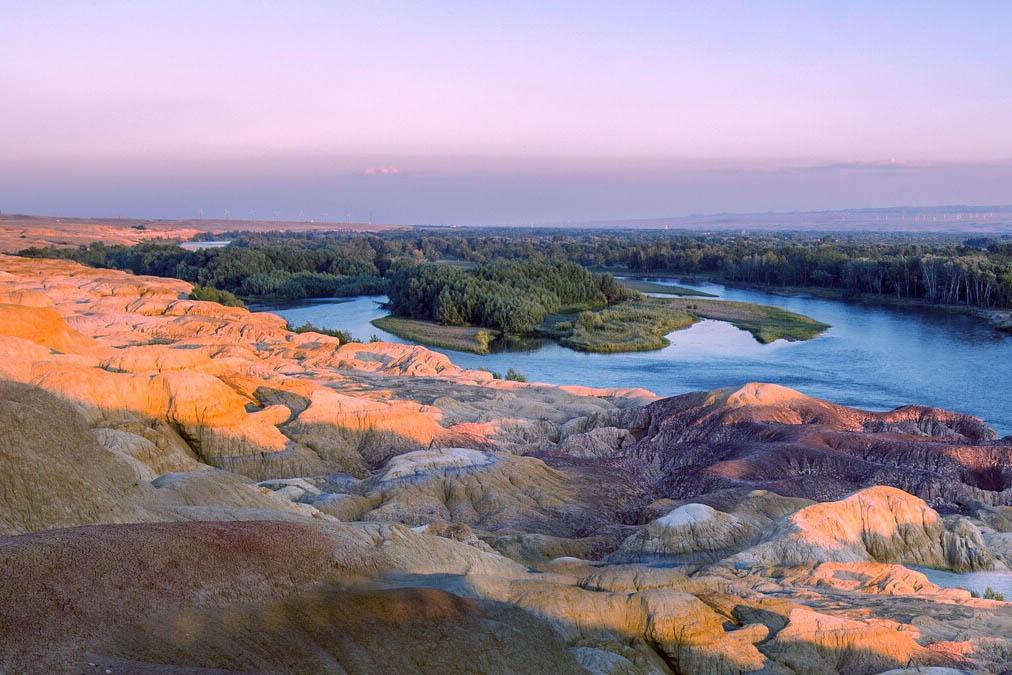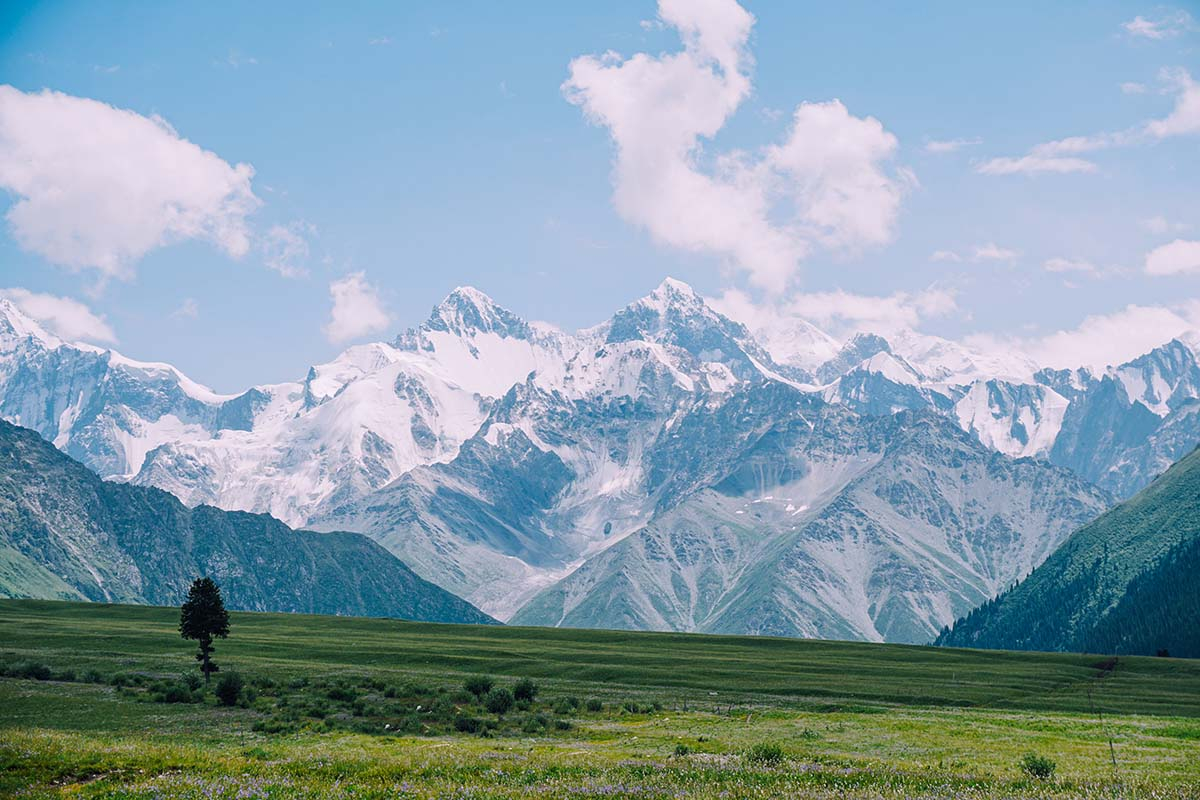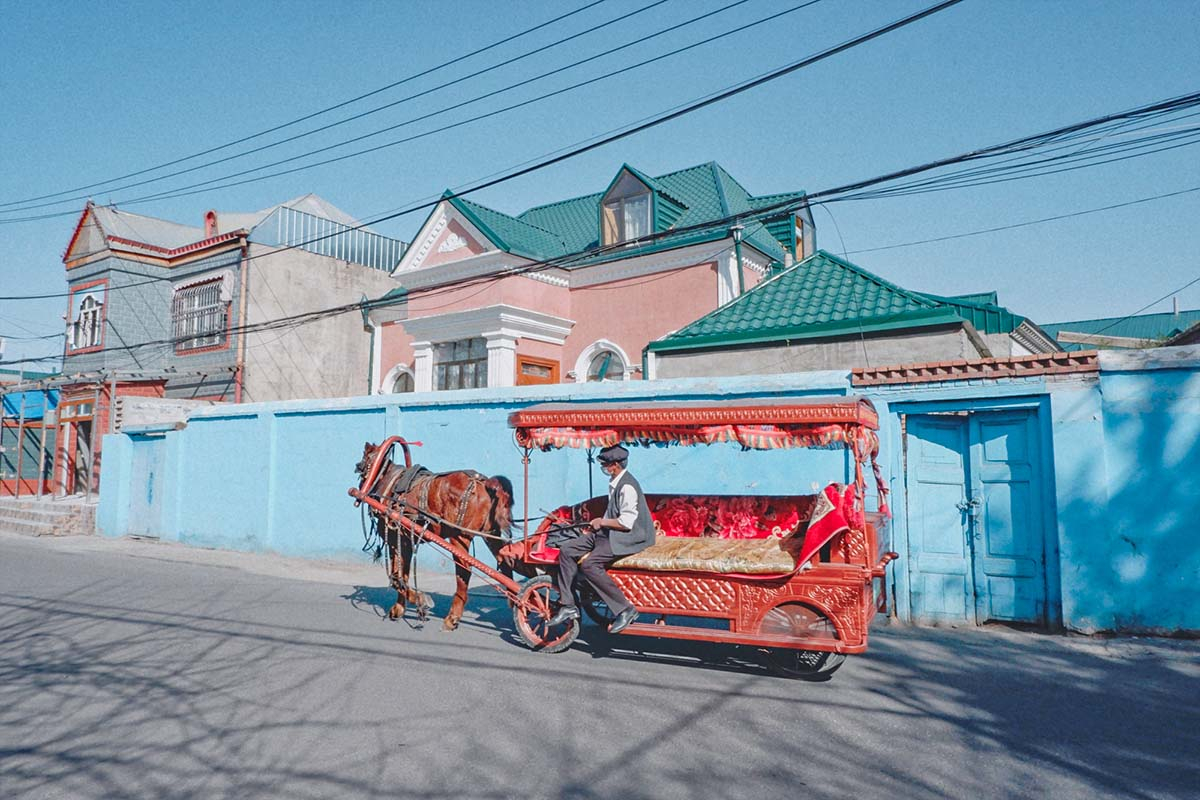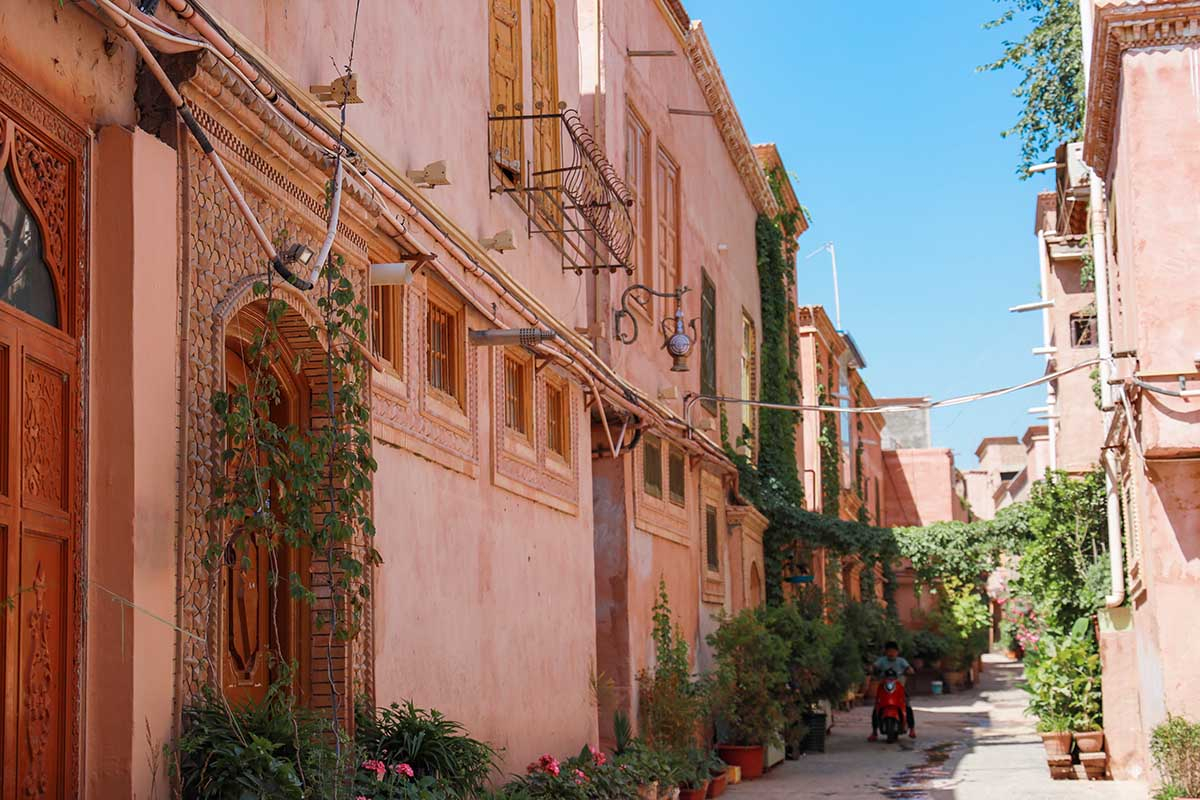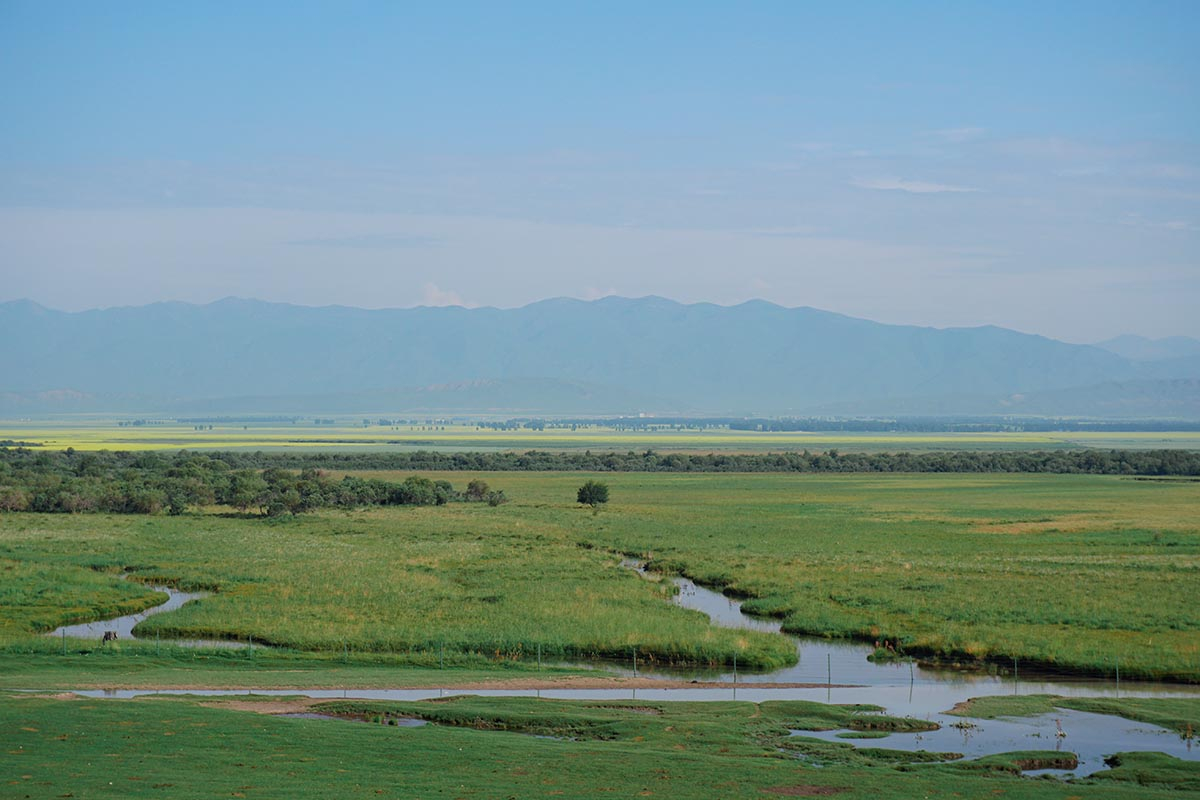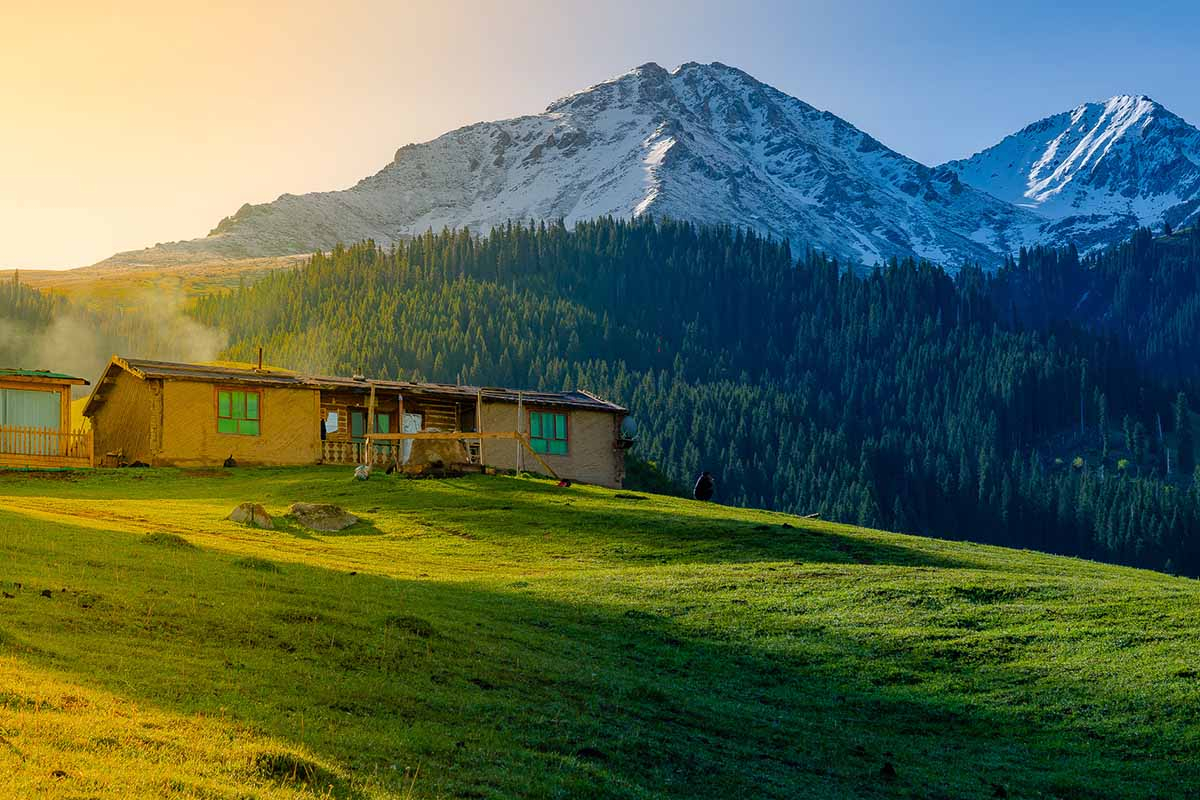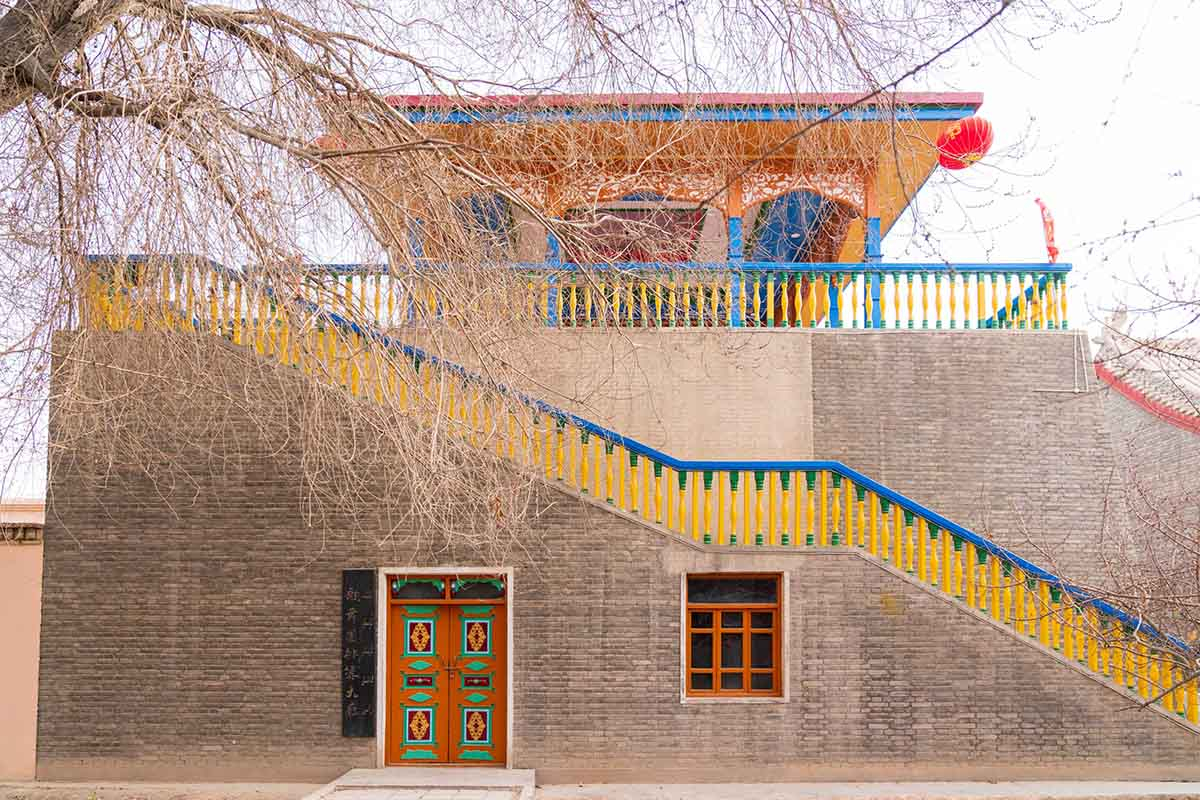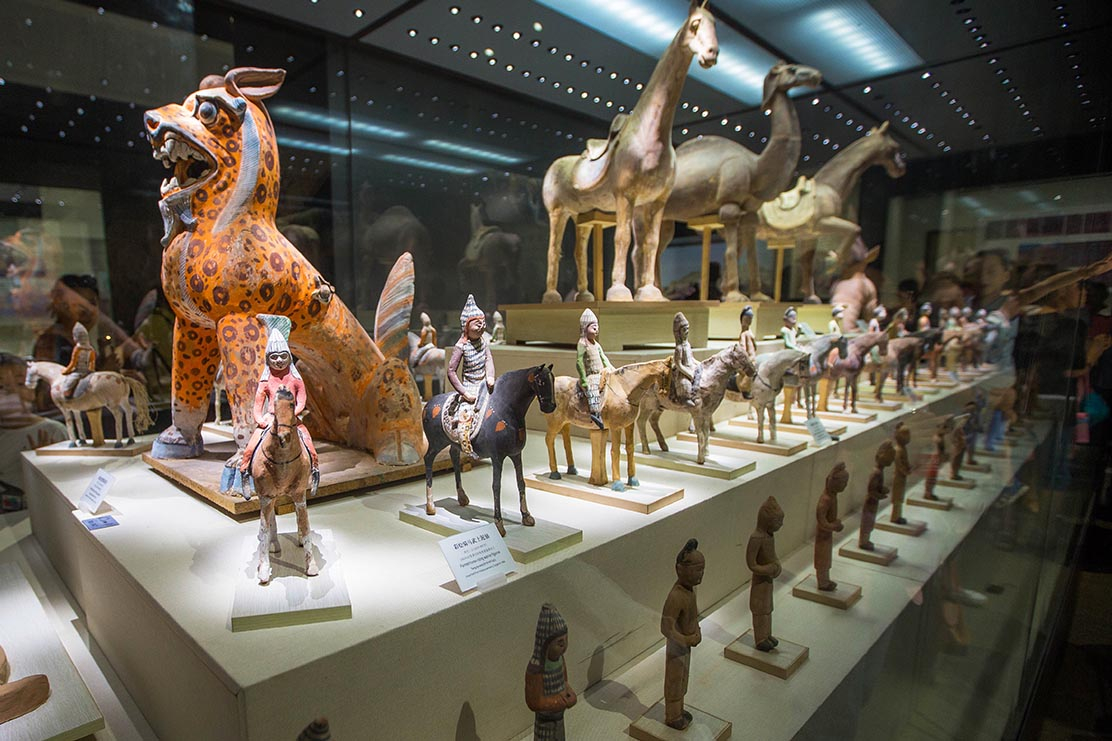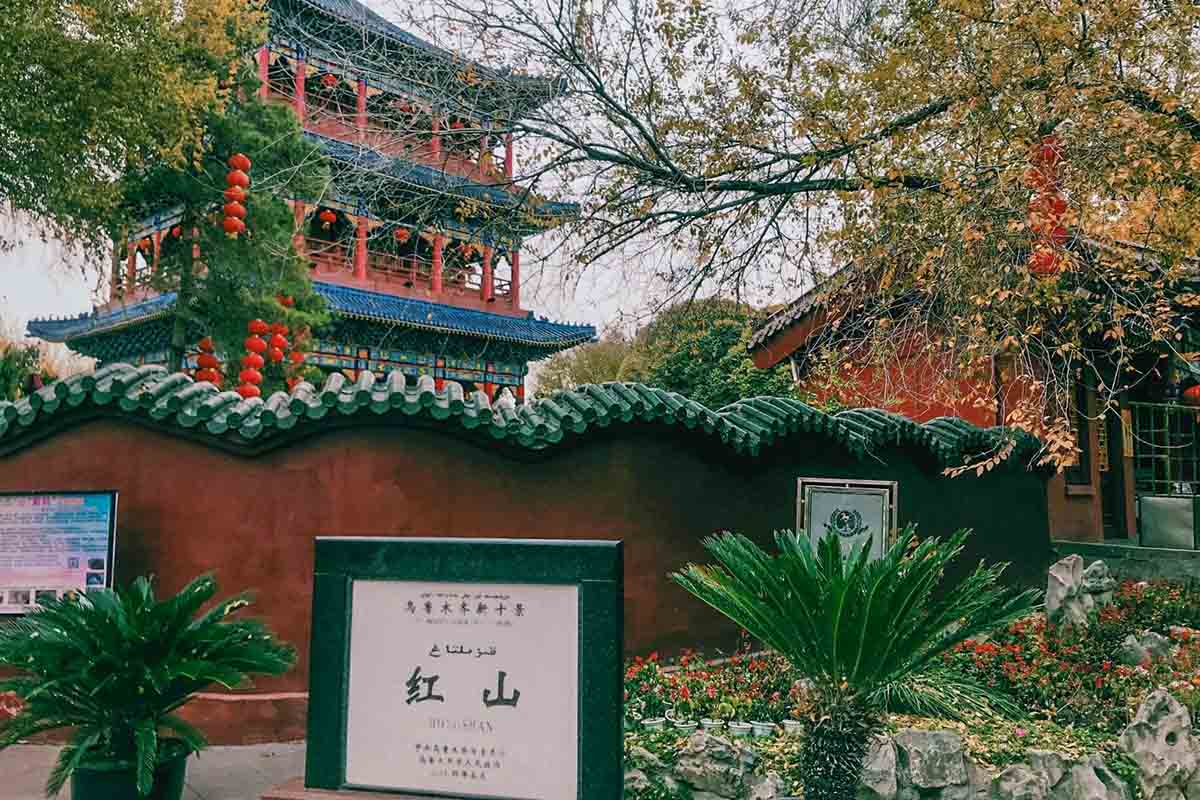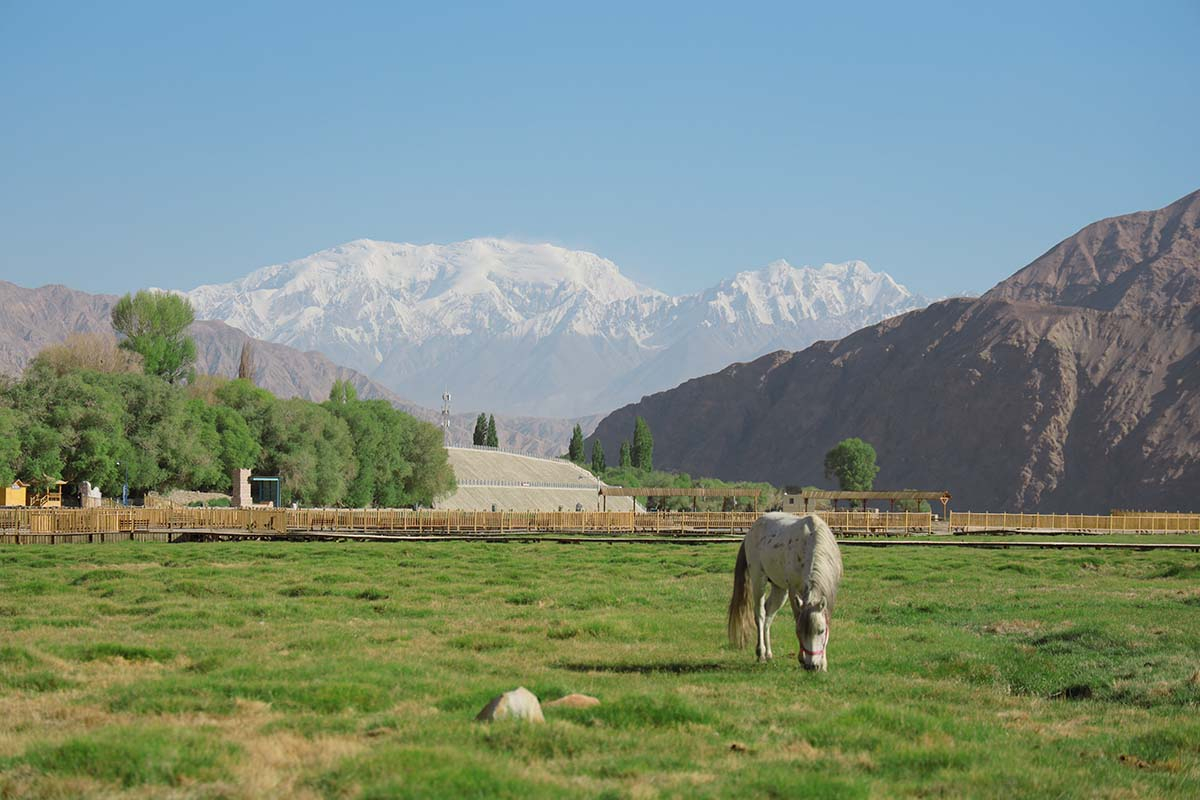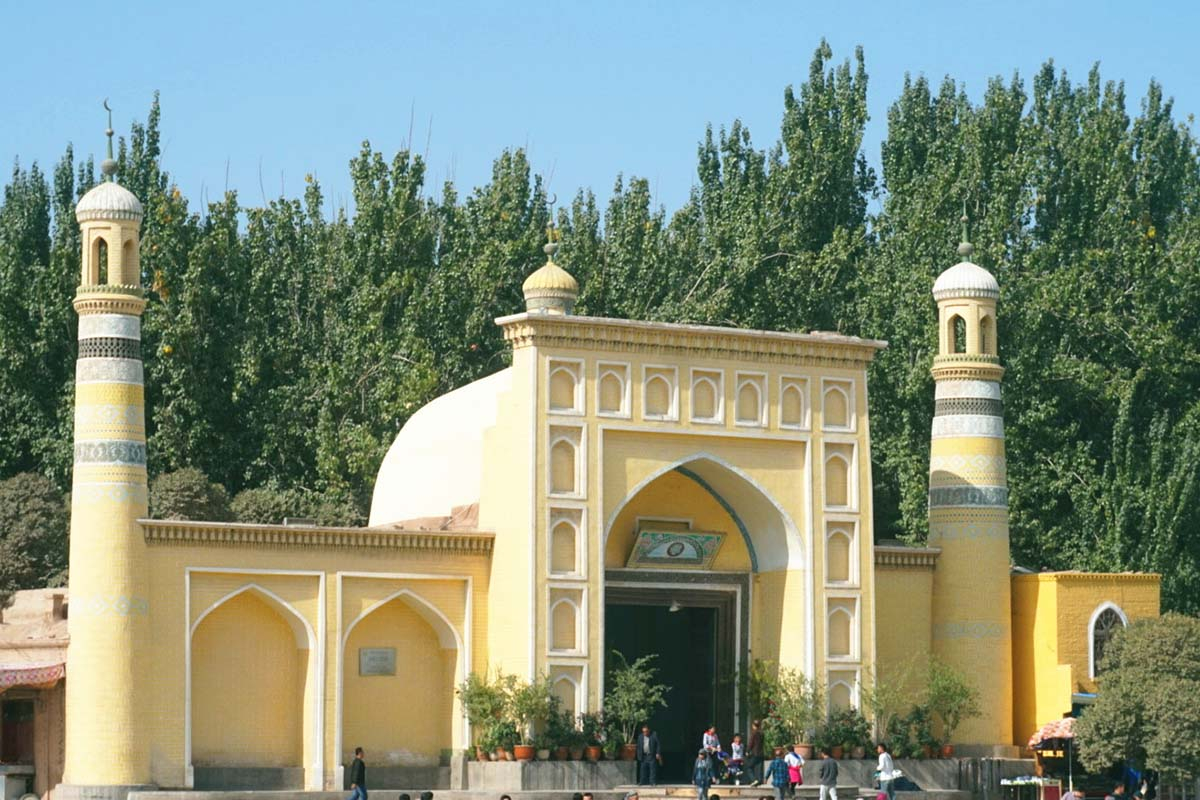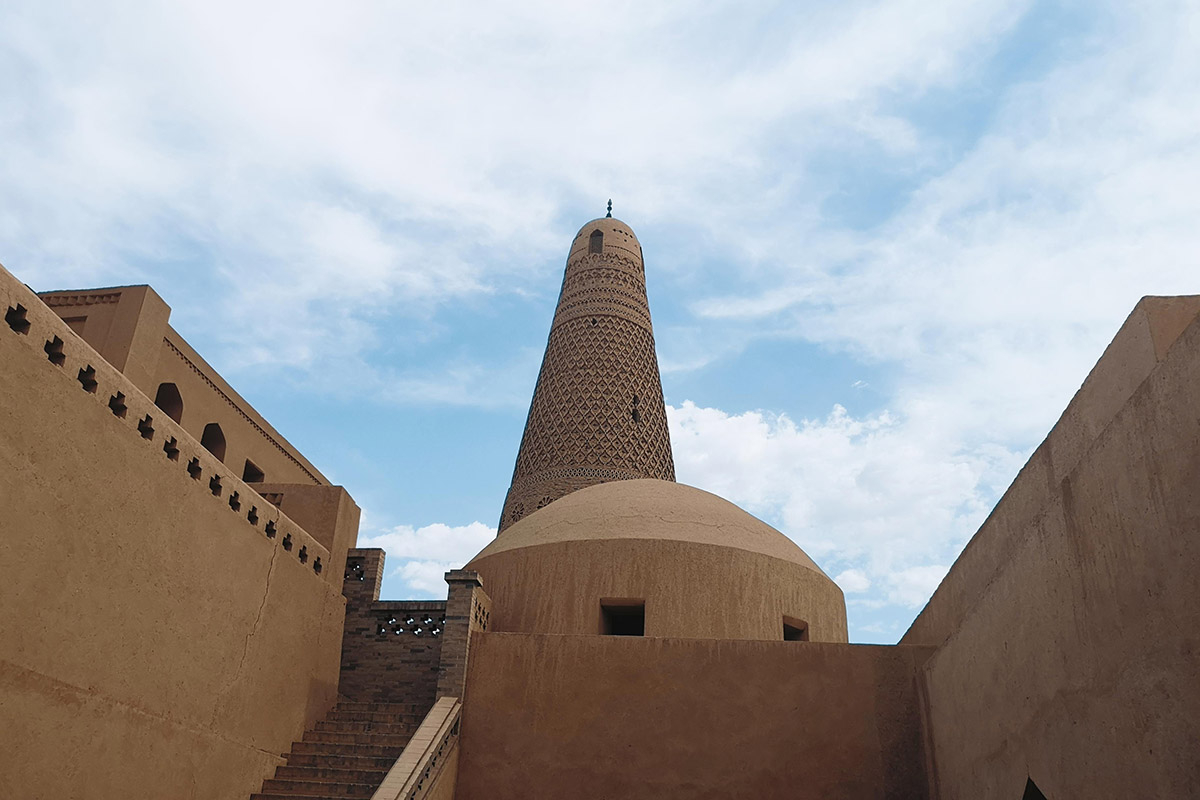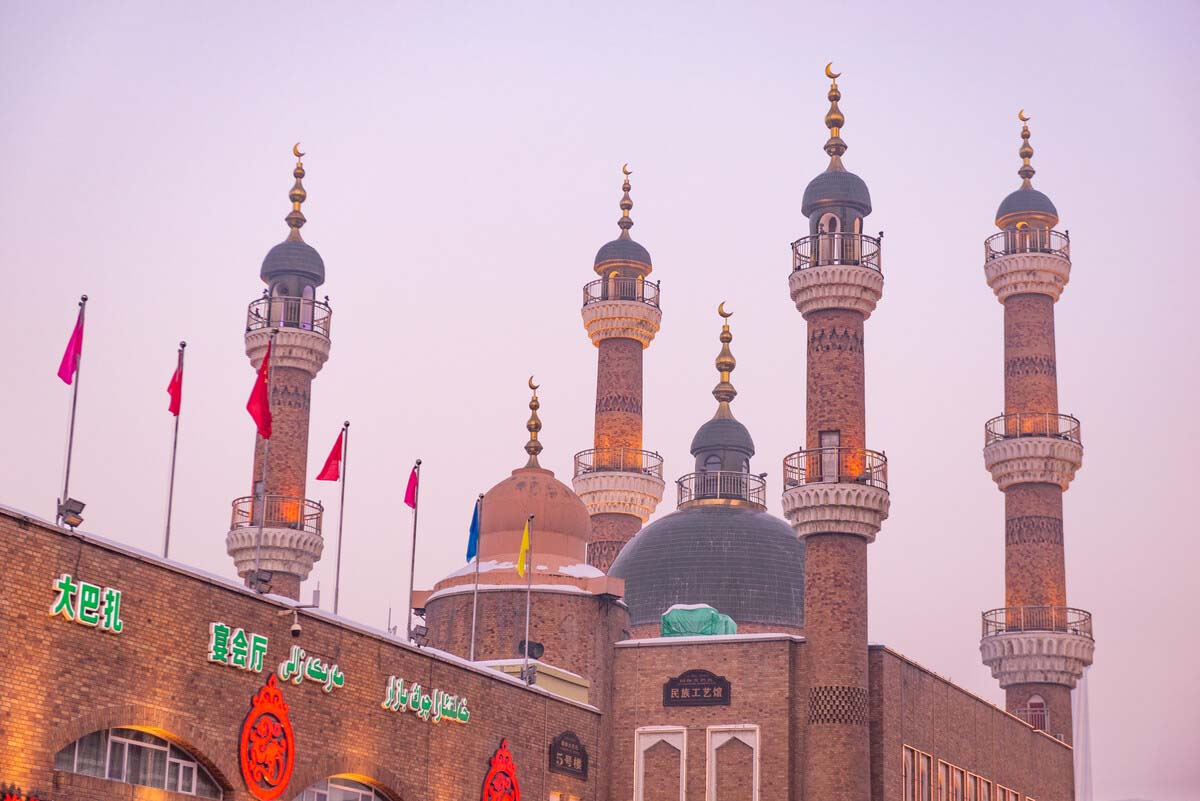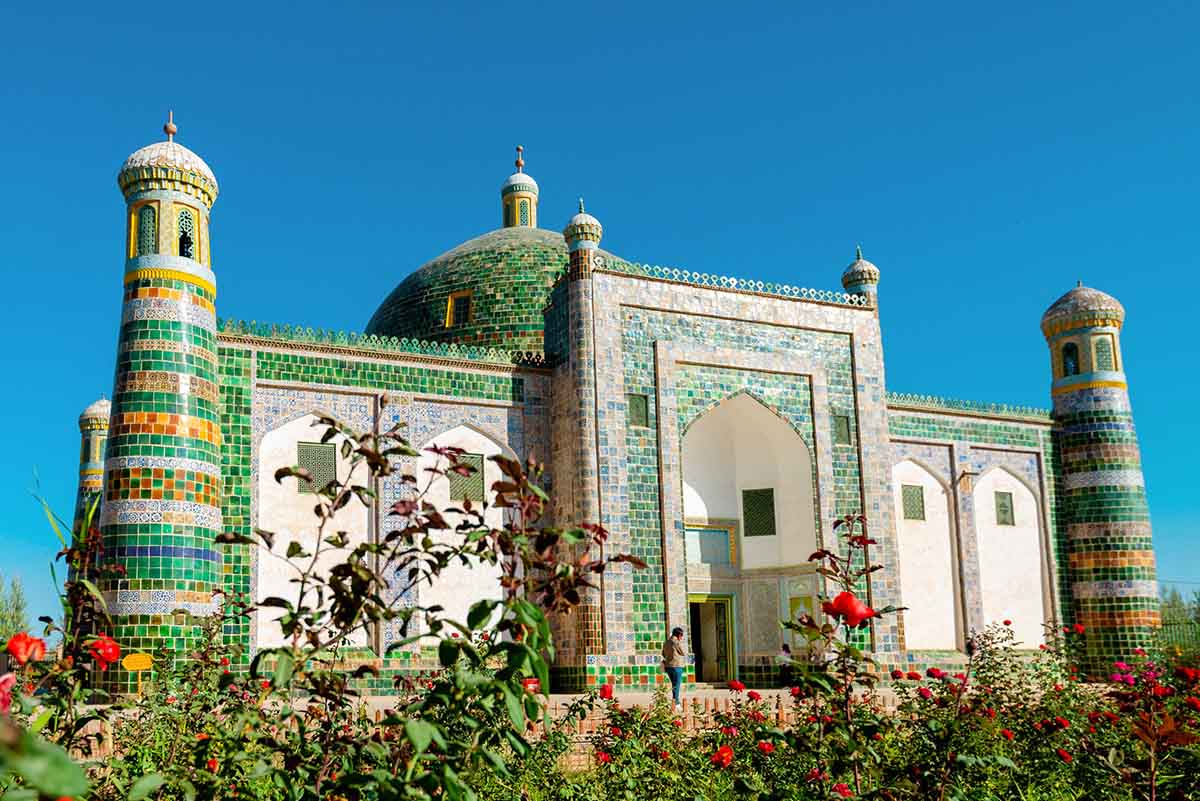Apak Hoja Tomb
Chinese name: 香妃墓(Xiang Fei Mu)
Location: 5km northeast of City of Kashgar, Xinjiang Uygur Autonomous Region
Ticket: Entrance ticket CNY118.00
Estimated time of tour: 2-3 hours
Recommended time of visit: May to Oct
Nearby attractions: Kashgar Old Town,Id Kah Mosque, Kashi Grand Bazzar, etc.
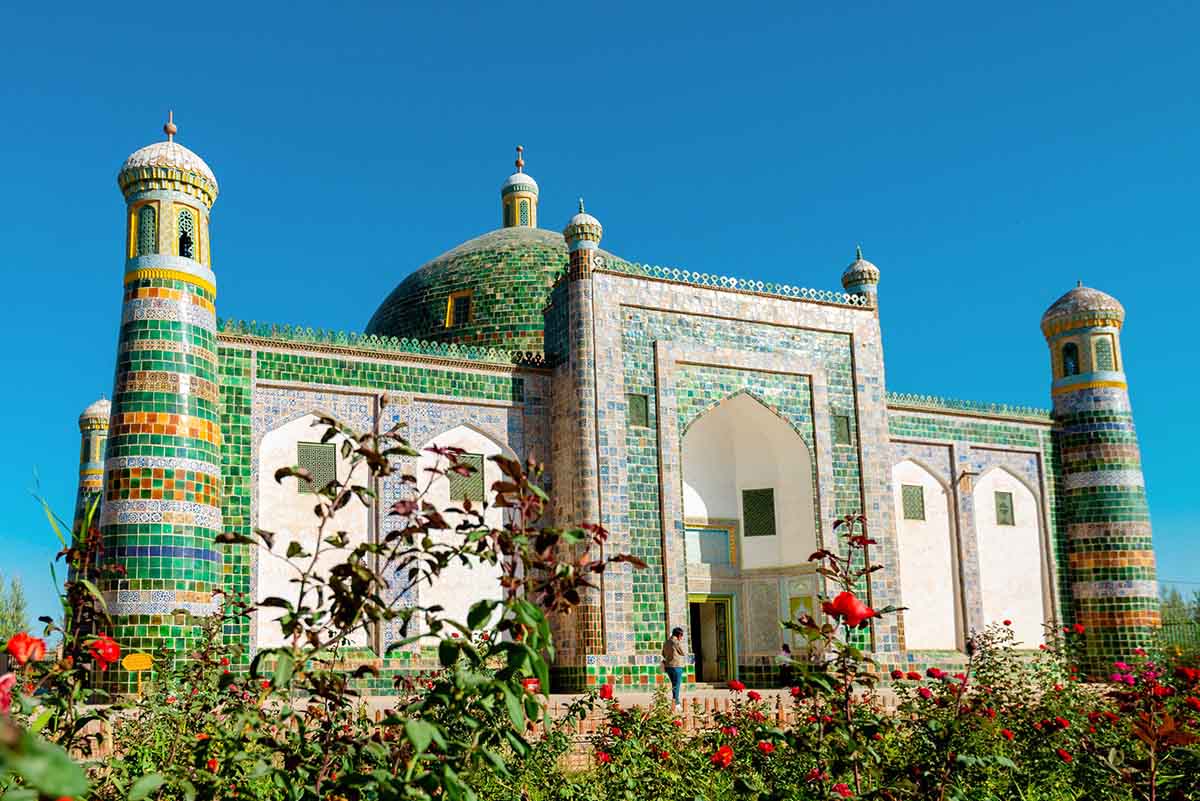
Northeast corner of the Kashgar city sits a family tomb of Abakh Hoja, the then mighty ruler of Kashgar in 17th century. The tomb is a key cultural relic unit under the protection of the Autonomous Region. As a tomb of the descendants of an Islamic sage, it was built around 1640 AD. The legend has it that 72 persons in all of five generations of the same family were buried in the tomb. The first generation buried here was Yusup Hoja, a celebrated Islam missionary. After he died, his oldest son Abakh Hoja carried on the missionary work and became the chief of the Aktaglik Sect of Islam during the seventeenth century and destroyed. Abakh Hoja died in 1693 and was buried in the tomb. He had a reputation much more well-known than his father’s, so the tomb was called “Apak Hoja Tomb” by people after his times.
To Han Chinese, this site is known by a more familiar name: Xiangfeimu, that means the tomb of Fragrant Concubine. A legend goes that one of the descendants of Abakh Hoja buried here was a lady named Ipar, who was one of the concubines of the Emperor Qianlong of the Qing Dynasty. She was famous in royal court by her fragrant body scent which comes from Russian olive flower that she wore.
After her death, her mortal remains was escorted back Kashgar and a grand burial was held in the Abakh Hoja Tomb by her sister-in-law. So, the tomb was also called “Xiangfei Tomb”. However, according to textual research, Xiangfei was actually buried in the East Tombs of the Qing Dynasty in Zunhua County, Hebei province, not far from Beijing.
The tomb is a group of beautiful and magnificent buildings including the Tomb Hall, the Doctrine-Teaching Hall, and the Great Hall of Prayer, the gate tower, a pond and orchard. The Tomb Hall, with a dome shaped top of 17 meters in diameter and covered with green glazed tile south side, is 26 meters high and 39 meters long at the base. The hall is high, spacious and pillar free. Inside the hall, there is a high terrace on which the tombs are arranged. All the tombs are built of glazed bricks with very beautiful patterns of blue flowers on a white background, glittering, simple and elegant.
- HOTEST
- RECOMMEND

